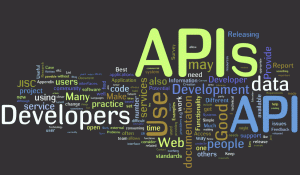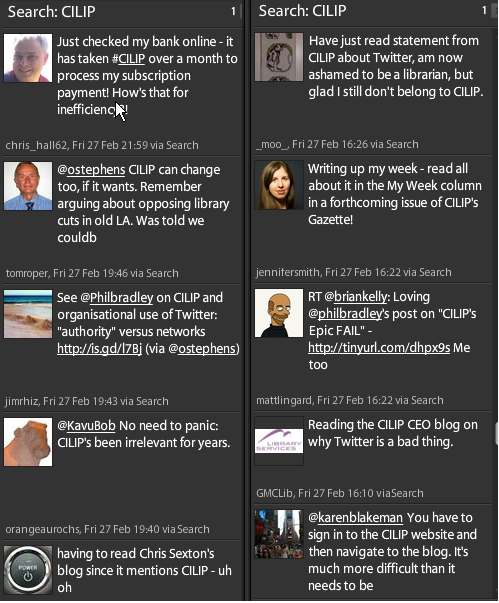SABIP (the Strategic Advisory Board for Intellectual Property Policy) has just released its commissioned report Copycats? Digital consumers in the online age (PDF format). The report, undertaken by UCL’s Centre for Information Behaviour and the Evaluation of Research (CIBER), is a hefty 81 page document that offers some amazing insights into the many paradoxes of digital copyright and consumerism.
The backdrop to the research indicates that “at least seven million British citizens have downloaded unauthorised content, many on a regular basis, and many also without ethical consideration“. In monetary terms this is seen as around 8% of British GDP, a truly shocking figure.
The introduction to the report is set very much in our current times and placed in a period (January – May 2009) during which the Digital Britain report was published indicating the intention to bring broadband Internet access to every home (no doubt increasing the ability to download illegal material). Yet also suggesting consideration of the creation of a Rights Agency and the passing of anti-file sharing legislation. During the same period high-profile legal action was taken against the Pirate Bay Web site and a new law was passed in Sweden allowing copyright holders to force ISPs to reveal details of those sharing files. Alongside these activities and Open Rights Group claimed that rigid copyright was stifling innovation and hurting citizens.
The key CIBER findings were that:
- The scale of the `problem’ is huge and growing
- There are myriad choices when consuming content and consumers are confused
about what is legal and not legal
- Attitudes and behaviours towards property in the online and physical worlds are very
different
- It has never, ever been easier to break the law
- There are fewer cues to guide behaviour in the online world
- Education isn’t working, yet
- There is a powerful idea that there is “no victim”, and so “no crime”
- Internet service providers and the consumer electronics industry: two elephants in the
room
It seems that there are now two cultures: the digital one and the physical. They have evolved differently (despite not always being the case digital is often seen as free while physical has a cost) and now need to be analysed and dealt with in completely different ways. Seven million downloading unauthorised comment means seven million criminals, a situation that is ridiculous and unworkable.
The report recommends many future areas for research. For example to date almost all research on file sharing has been carried out on young people and students, research should be opened out to cover the four demographics used in recent research into digital convergence. These are: ‘kids’ (teenagers); the ‘tech vanguard’, (those with high ‘self efficacy’ who are early to adopt new technologies); the ‘mainstream’ (adults); and ‘laggards’ (those who do not yet have internet access, or certainly do not engage with e-commerce).
The report also suggests “It would also be possible to undertake a parallel (or alternative) study based on British Library users or site visitors, as this would help to inform policy in terms of the academy, the library and their relationship to intellectual property.”
The SABIP report has a huge amount in it and is essential reading for those dealing with copyright issues. Lets hope its pragmatic approach sparks some sort of turning point in the copyright chaos that currently exists.
“The fundamental question is not how or why the downloading, copying and dissemination of unauthorised content takes place (this report seeks to answer those questions) but who does it, (and therefore, who doesn’t), and can this behaviour be changed? And if it cannot be ‘changed’ what does need to change: the law, the business models, or the relationship between the creative industries and the public domain?“
Whether current copyright law is correct or not seems to be out of scope for the report. Glyn Moody argues in his blog post Why the “Copycats?” Report has a Copycat Problem that “one reason why people have few qualms about downloading copyrighted material – that lack of “ethical consideration” the report refers to above – is that there is growing realisation that copyright law as currently construed is totally tilted in favour of businesses“. Glyn provides some interesting figures that demonstrate that this is the case.
It seems the copyright war is one that will continue to be fought with fervent supporters for both sides. This report does not provide an answer to that fight but it does illustrate that while the problem is not realistically addressed casualties are inevitable.



